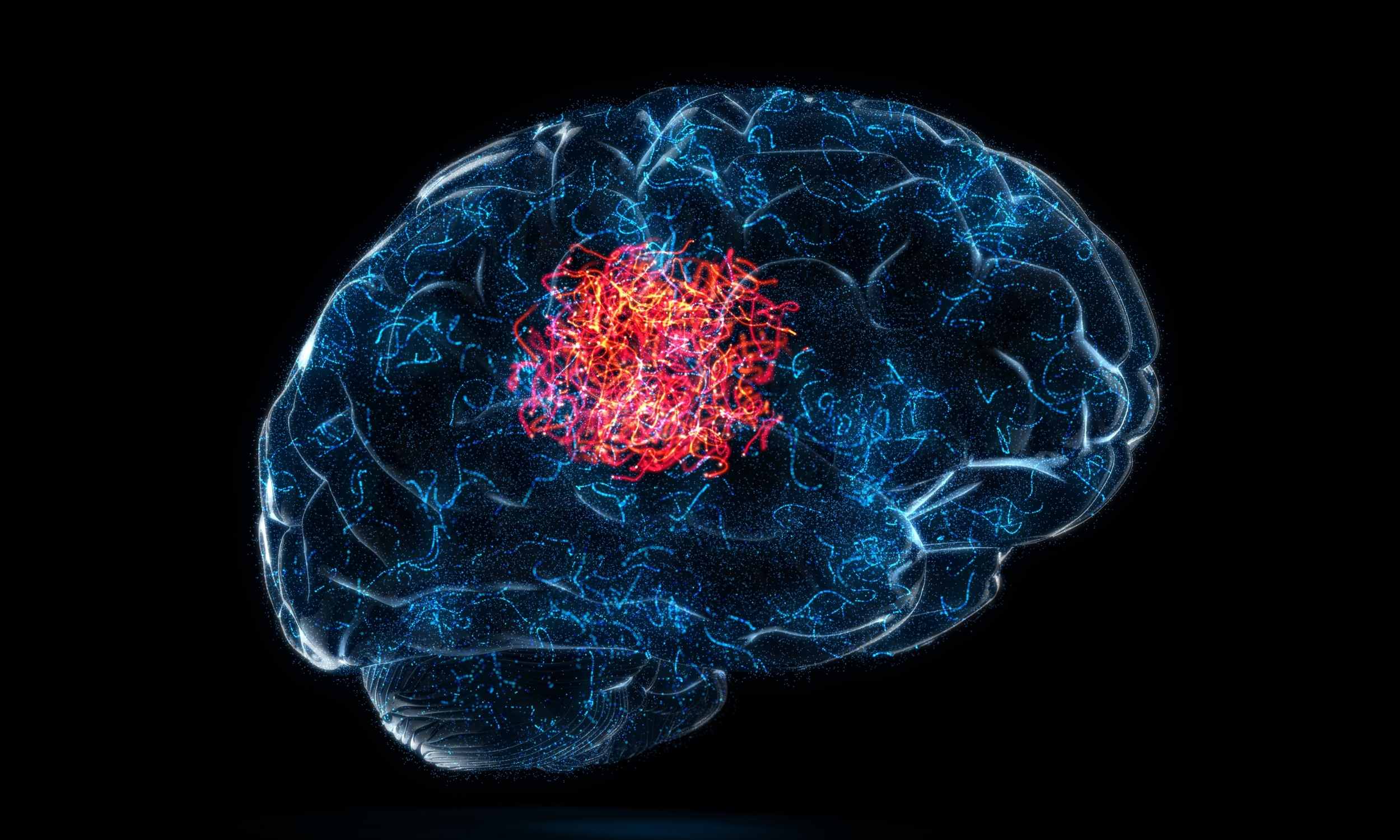For decades, scientists have sought to unravel the complexities of the brain’s memory storage system, particularly how new information is cataloged without erasing existing memories. Recent research has uncovered crucial insights involving place cells, which may hold the key to this process.
Ila Fiete, a researcher at MIT’s McGovern Institute for Brain Research and the senior author of the recent study, expressed enthusiasm about the implications of these findings: “This model is a first-draft model of the entorhinal-hippocampal episodic memory circuit. That’s the thing I’m really excited about.”
The concept of memory scaffolding is central to this discovery. Place cells, first identified nearly fifty years ago, activate when a rodent is situated in a specific area of a maze. Subsequent research has established that these cells reside in the hippocampus, a critical area for memory formation, and work in tandem with grid cells found in the entorhinal cortex.
Together, these neuron populations create a scaffold that anchors personal experiences and spatial details to distinct neural patterns. The team introduced a model called vector hippocampal scaffolded heteroassociative memory (Vector-HaSH), which suggests that the hippocampus functions like an index, guiding the brain to specific, relevant memories stored throughout the expansive sensory cortex. The design allows the brain to access previously stored information during recall.
Fiete clarified that the hippocampus does not house every memory detail; rather, it directs us to regions in the cortex where specific memory content resides.
Located deep within the medial temporal lobe, the hippocampus is vital for transitioning short-term memories into long-term ones. Its absence would cause immediate loss of recent experiences. Additionally, this brain structure is involved in spatial navigation, helping individuals form mental maps and orient themselves in various environments.
The hippocampus collaborates with both the amygdala and the prefrontal cortex, forming a network that influences emotional responses and learning from experiences. Damage to this area can result in severe memory disorders, including anterograde amnesia, a condition often seen in Alzheimer’s patients or following brain injuries. Notably, the hippocampus exhibits significant plasticity—capable of generating new neurons even in adulthood, a process referred to as neurogenesis.
In the study, grid cells form triangular lattice-like structures, each serving as a marker that guides the brain to particular memories in the sensory cortex. As new memories accumulate, this architecture enables older memories to naturally fade over time, circumventing the challenges posed by traditional memory models.
These findings suggest practical applications for memory enhancement techniques, particularly for those needing to memorize extensive amounts of information. The well-established memory palace strategy exemplifies this, relying on familiar locations to anchor memories in a coherent order. According to the new model, leveraging an existing memory framework can help create mental space for recalling larger sets of information efficiently.
Additionally, this framework emphasizes the importance of sequential recall. Each well in the model contains cues that assist in retrieving memories in the correct chronological order, connecting experiences such as a recent lunch or a challenging hike by accessing the same neural scaffolding.
Future research will delve deeper into the transition of short-term memories into longer-lasting semantic memories, the mechanisms of chunking episodes, and the potential applications of models like Vector-HaSH in improving machine learning. Exploring how the brain organizes sequences may inform AI systems regarding incremental learning. The findings confirm that the hippocampal and entorhinal circuits form a cohesive system capable of long-term information storage without abrupt loss.
This groundbreaking research illustrates how the same neural circuits that once assisted our ancestors in navigating the natural landscape continue to facilitate the retention of everyday memories, from birthdays to significant life events. The study has been published in the journal *Nature*.

